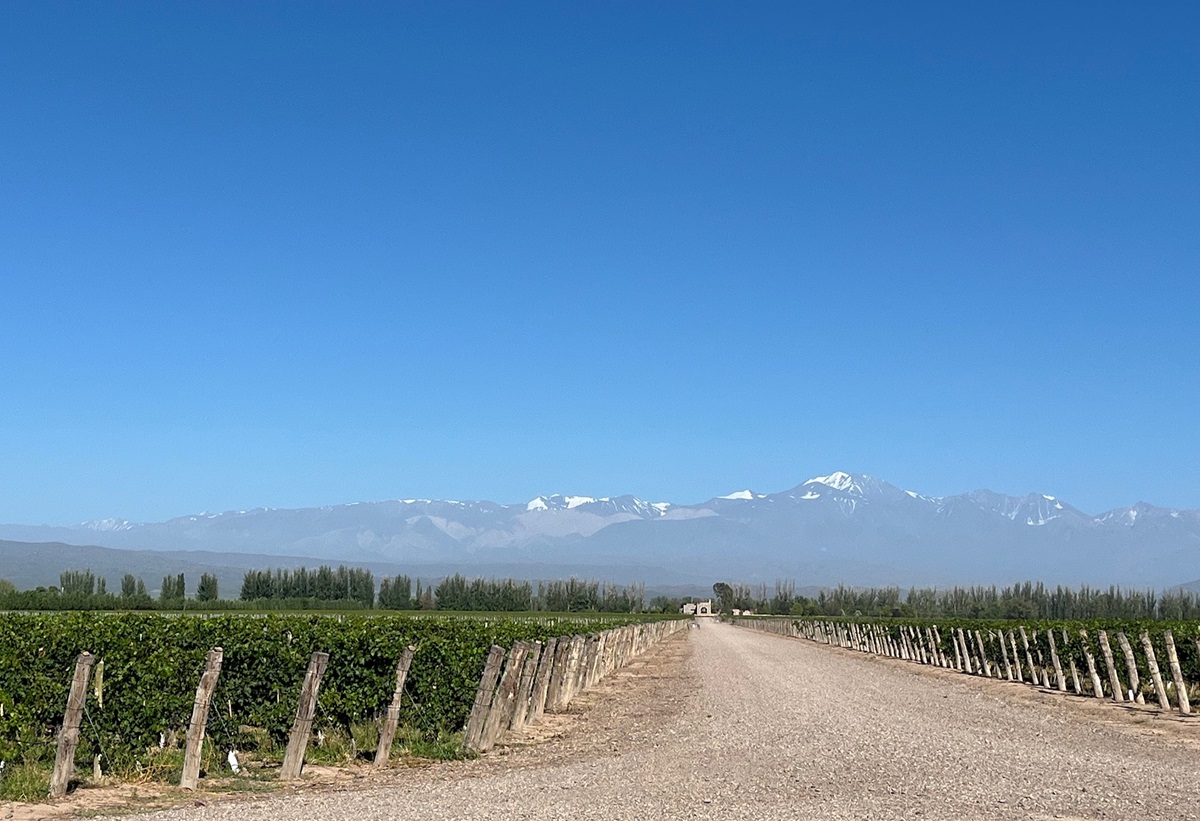SPARKLING TOKAJ
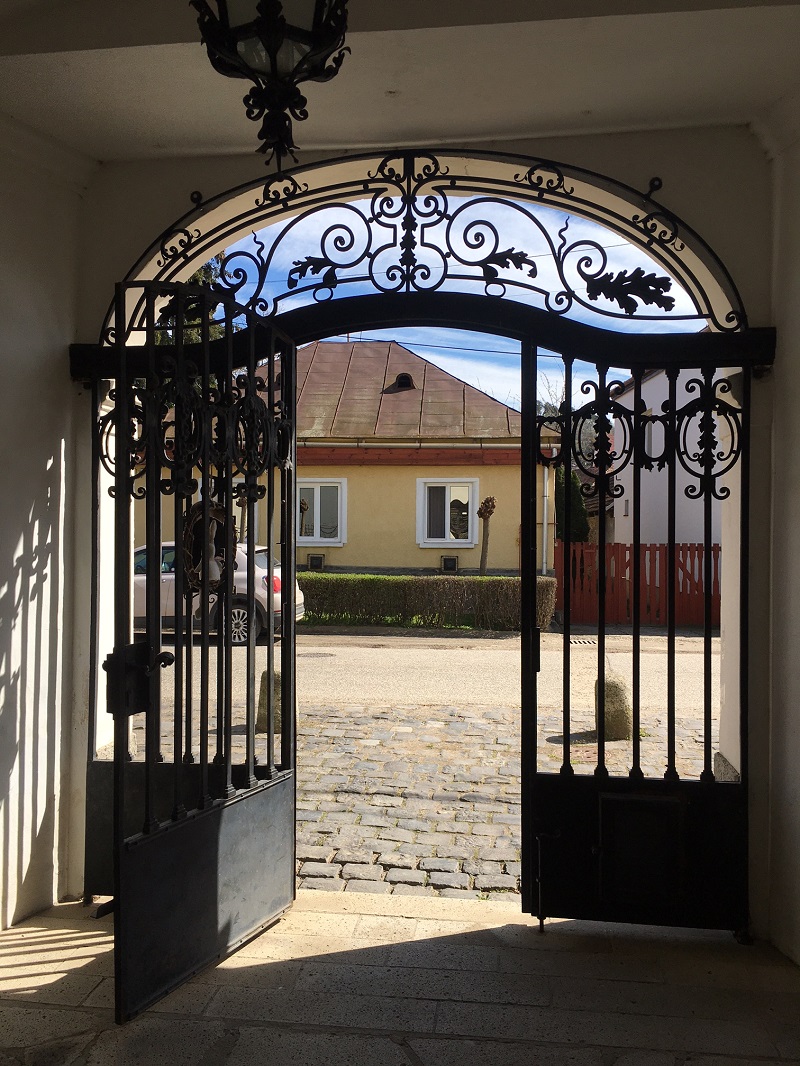
The latest innovation in the Tokaj region in north east Hungary, best known for its famous sweet wines, is a range of premium dry sparkling wines.
With the combination of Tokaj’s diverse volcanic bedrock terroir and the versatile Furmint grape, the fizz that has emerged in the last decade is impressive and distinctive – a unique contribution to the world of sparkling wine.
Tokaj fizz is not new. The first was made in the region in Golop near Tallya in 1829 by Baron Miklos, who studied in France and recommended Furmint as the best for the fizz base. In C19 Hungary, part of Austro-Hungarian empire, was the second largest sparkling wine producer outside Champagne, so hardly surprising that Tokaj fizz was attempted.
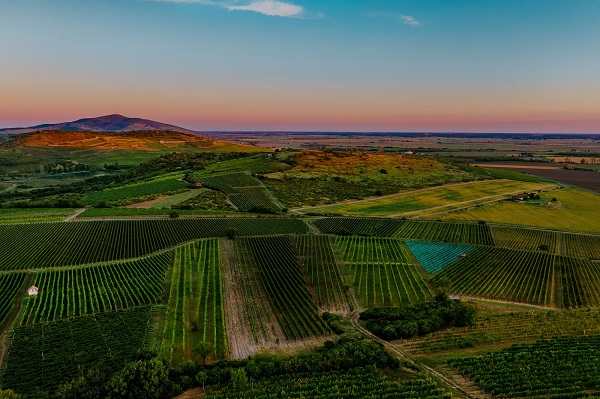
The real turning point in the modern era came on 1 January 2013, when the law changed enabling smaller producers to make fizz. Previously government had required large collateral deposits which favoured bigger producers like Garamvari, who experimented with traditional method Tokaj fizz in 2002 and Kiralyudvar winery in 2007.
“I was the first to be granted permission for making sparkling wine in the region”, says Zoltan Demeter, an artisan producer with seven hectares who now focuses 50% of his production on fizz. Pioneer Demeter also played a significant role writing the Winemakers Manifesto submitted to the Hungarian government in 2010 which helped initiate the law change.
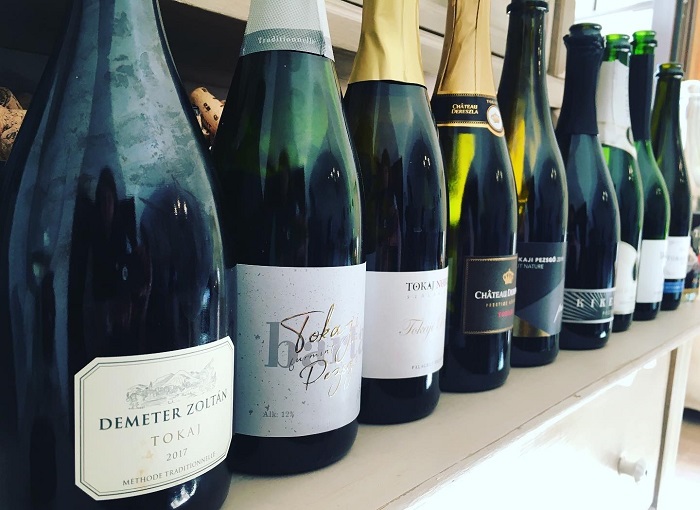
With the current regulation all sparkling wine labelled Tokaj must be made only from one of the six grapes allowed in the region – and must be ‘Traditional Method’, with second ferment in bottle, the same as in Cava and Champagne. The lees ageing level for Tokaj sparkling is minimum 9 months, but Demeter has made attempts to tighten up regulations.
He wants yields kept low, machine harvesting banned, limiting grapes to Furmint and Harslevelu, increasing minimum lees ageing to 15 months for non-vintage and 24 months for vintage – and limiting dosage under 15 g/l. Good ideas for quality focus which will hopefully be implemented in time. Demeter also experimented with adding Tokaj Aszu as dosage, but says he has reservations as it can accelerate oxidation.
Tokaj sparkling wines only make up 1% of the region’s production and will always remain a small part of the portfolio.
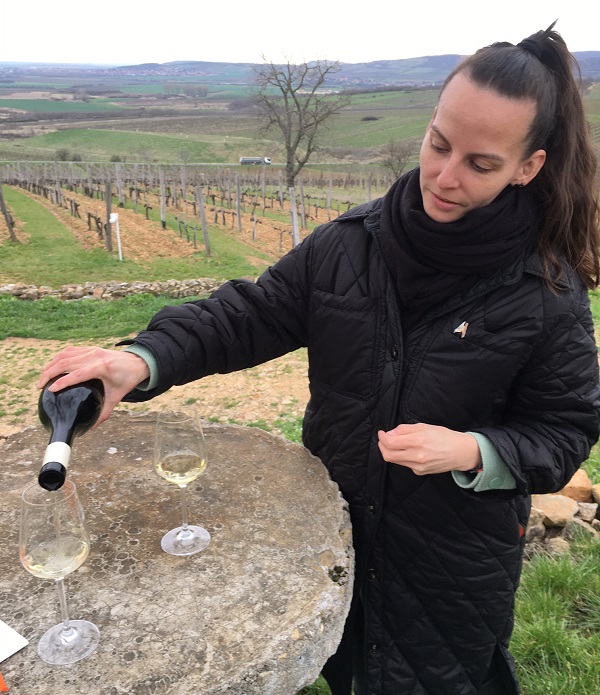
“I am very interested in bubbles, but I believe we don’t ever want fizz to dominate production although we can make special high quality sparkling using local grapes”, explains winemaker Kata Zsirai (pictured above in Zsirai’s Kozephegy vineyard).
“We don’t make fizz every vintage as in 2018 and 2022, which were just too hot”, says Kata Zsirai. Her current blend is a stylish 2020 sparkling wine from 70% Furmint with 30% Harslevelu to soften and add complexity.
Two styles are emerging. Longer lived, longer lees-aged often made from 100% Furmint, a non-aromatic grape with shrill high acidity, great depth and intensity at its best for sparkling wine base from cooler vineyards and slower ripening clones. A grape that takes time for flavours to unfurl, often needing 10-15 years to mature.
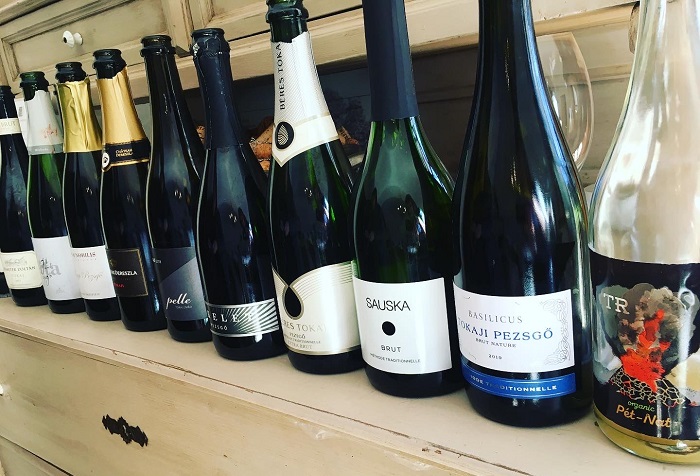
The other style is shorter-aged fizz. Some use softer-acid Harslevelu or aromatic Yellow Muscat, two grapes which are allowed in Tokaj. However, if they add Cabernet Franc to their rose, for example, they cannot use Tokaj on the label. Leading sparkling wine producer Sauska, who makes an approachable Furmint fizz adding 25% Chardonnay and Pinot Noir into the blend cannot label it Tokaj, as the latter grapes are not allowed under Tokaj’s PDO.

“Chardonnay and Pinot Noir in Tokaj’s terroir is a match made in heaven”, believes Andrea Sauska (pictured above). “We are convinced that planting world varietals will not do any damage to Tokaj when done with utmost respect for native grapes. Indeed the presence of Furmint in the blend is the x-factor of our sparkling wine making it so unique”.
With assistance from winemaking consultant Regis Camus (formerly with Champagne Piper-Hiedsieck) and soil scientists Lydia and Claude Bourguigon, the Sauskas have had confidence to progress with sparkling, now 25% of production. Beginning in 2011, they have twelve vintages in their cellar, creating reserve wines to add depth and complexity to blends.
Tokaj sparkling is the only wine allowed to be made outside the region. Grapes must be grown in Tokaj, but can be finished elsewhere in sparkling wine facilities. Some like Dereszla and Demeter have their own Tokaj facility, while Stephanie Berecz at Kikelet makes Harslevelu-based fizz inhouse with second ferment done at her winery, but disgorges at Nobilis winery, another quality fizz producer run with talented Sarolta Bardos (pictured below).
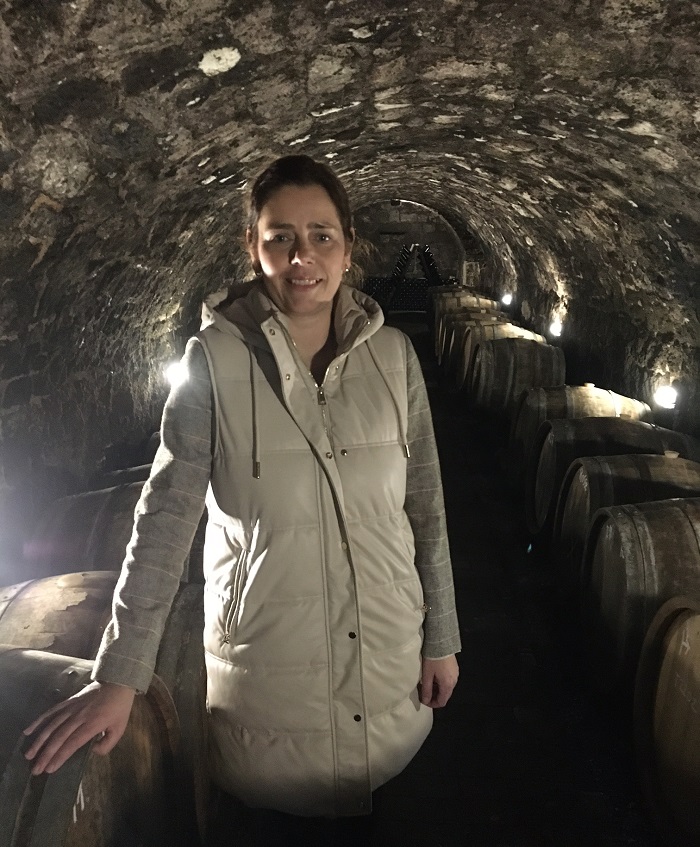
In future this may change as Tokaj establishes a ‘grower environment’, as some believe to preserve uniqueness and quality the whole process should be completed within the region.
Premium dry Tokaj sparkling wine is in its infancy, with so much experimentation with grapes, styles and lees ageing. But as our Tokaj sparkling tasting showed, the names to watch are: Kikelet, Barta, Nobilis, Zsirai, Zoltan Demeter, Hetszolo, Basilicus, Juliet Victor, Dereszla and Sauska.
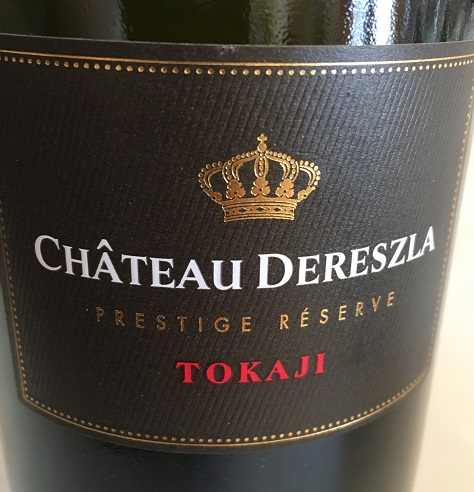
CHATEAU DERESZLA TOKAJI SPARKLING RESERVE 2017
£21 Armit Wines; EW Wines
Well-made mature Furmint and Harslevelu blend; toasty yeasty, soft roundness, citric freshness, good length with 14 months on lees. Made inhouse in their Tokaj facility, Dereszla have their own dedicated fizz winemaker, Istvan Bai.
NOBILIS ORGANIC TOKAJI SPARKLING BRUT 2017
£21.99 Novel Wines
100% Furmint fizz highlights pearskin aromas, pronounced taut acidity and precise long flavours. Sarolta Bardos has experimented with fizz since 2009, making deep incisive styles without using oak.
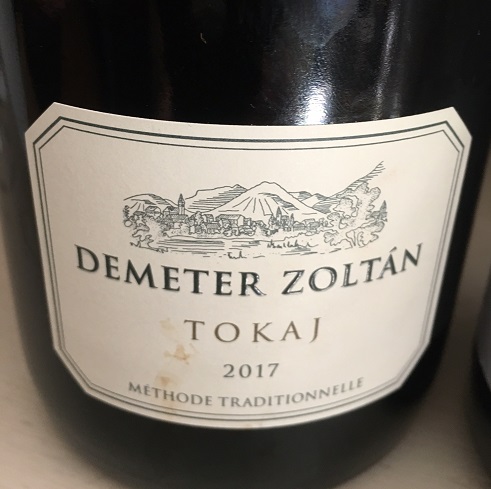
SAUSKA SPARKLING BRUT NV
£19.95 Fine Wine Co Musselburgh
Gentle introduction to the region’s fizz style, but it cannot be labelled Tokaj. Alongside 75% Furmint are outsider grapes 20% Chardonnay and 5% Pinot Noir; crisp lean citric flavours, creamy length – a good allrounder.

ZOLTAN DEMETER TOKAJI SPARKLING PRESTIGE 2017 RD
POA Savage Selection
Creamy rounded, deep yeasty notes, very good depth; shows how 100% Furmint can produce a complex mature style with bottle age.
ZSIRAI TOKAJI SPARKLING 2020
POA Jascots Wine Merchants
Lovely combination of honeyed notes and zippy fresh lemony fruits – very dry – but elegant, precise and beautifully made by Kata Zsirai.
BARTA TOKAJI BRUT 2017
POA Corney & Barrow
Very stylish 100% Furmint blend from the west facing side of Kiraly hill made by Barta’s winemaker Vivien Ujvari – soft rounded palate with lovely balance between fruit and acidity.
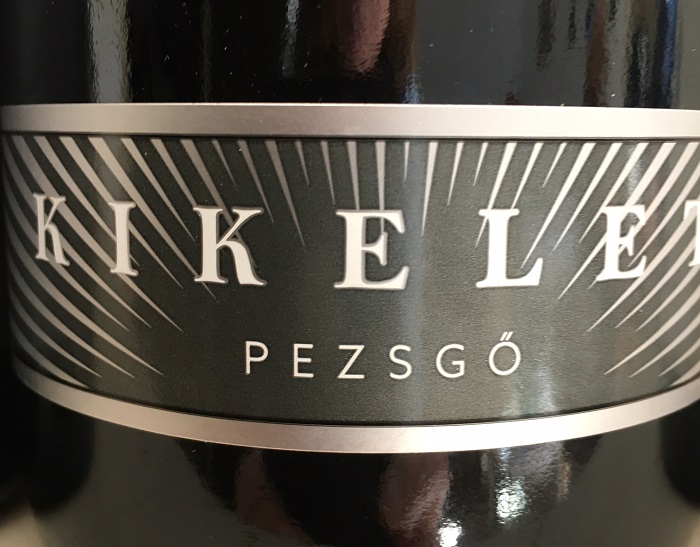
KIKELET PEZSGO TOKAJI BRUT 2019
N/A in UK
This 88% Harslevelu blend with 12% Furmint has a yeasty nose, attractive honeyed depth with creamy texture and underlying minerality – made by Stephanie Berecz this fizz has had 24 months on lees
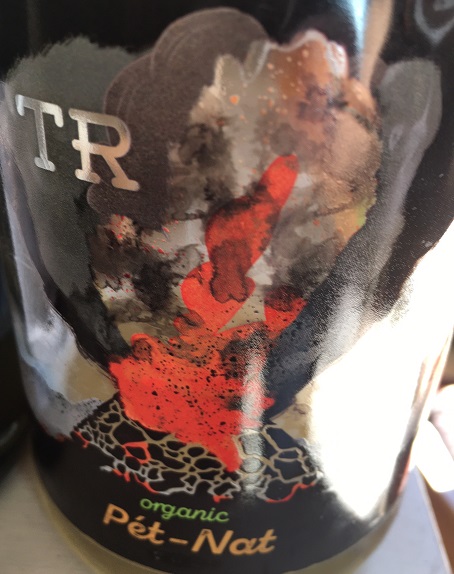
TR WINES ORGANIC FURMINT-HARSLEVELU ‘PET NAT’ 2022
N/A in UK
Labelled as Upper Hungary PGI rather than Tokaj as this ‘Pet Nat’ is made by ancestral method, not traditional method. Light yeasty notes, creamy approachable, a well made fizz from small 4 hectare artisan grower TR Wines in Tallya village in the Tokaj region.
By Rose Murray Brown MW. Published in The Scotsman 29 April 2023
Join Rose’s Fine Wine Dinner in Prestonfield House Hotel, Edinburgh on Thursday 18 May www.rosemurraybrown.com
wine tastings
The perfect gift for the wine enthusiast in the family. Rose does In-person tastings too.
cellar advice
Rose does cellar valuations for private clients, valuations for insurers & bespoke portfolio management.
Related stories
March 31, 2024
By Rose Murray Brown MW Published in The Scotsman 30 March 2024 On 2 February 1659, the first wine made from grapes grown in South Africa was crafted by the Governor of the Cape, Jan van Riebeeck. He had planted vines four years earlier in the Company’s Garden near Cape Town from cuttings imported from France. Van Riebeeck’s first
March 24, 2024
By Rose Murray Brown MW Published in The Scotsman 16 March 2024 Heatwaves and bushfires were very much on the agenda when I visited Chile last month as winemakers prepared for their 2024 harvest in blistering heat and drought, with a plume of smoke from the devastating fires lingering over coastal hills. Heat and drought are the greatest challenges
March 23, 2024
By Rose Murray Brown MW Published in The Scotsman 9 March 2024 I have two glasses of Malbec in my hands from the same high-altitude vineyard in Uco valley in Argentina. I am in the Catena Institute of Wine in Mendoza with winemaker Agustin Silva. He has asked me to taste the two wines, both from the 1500m high



